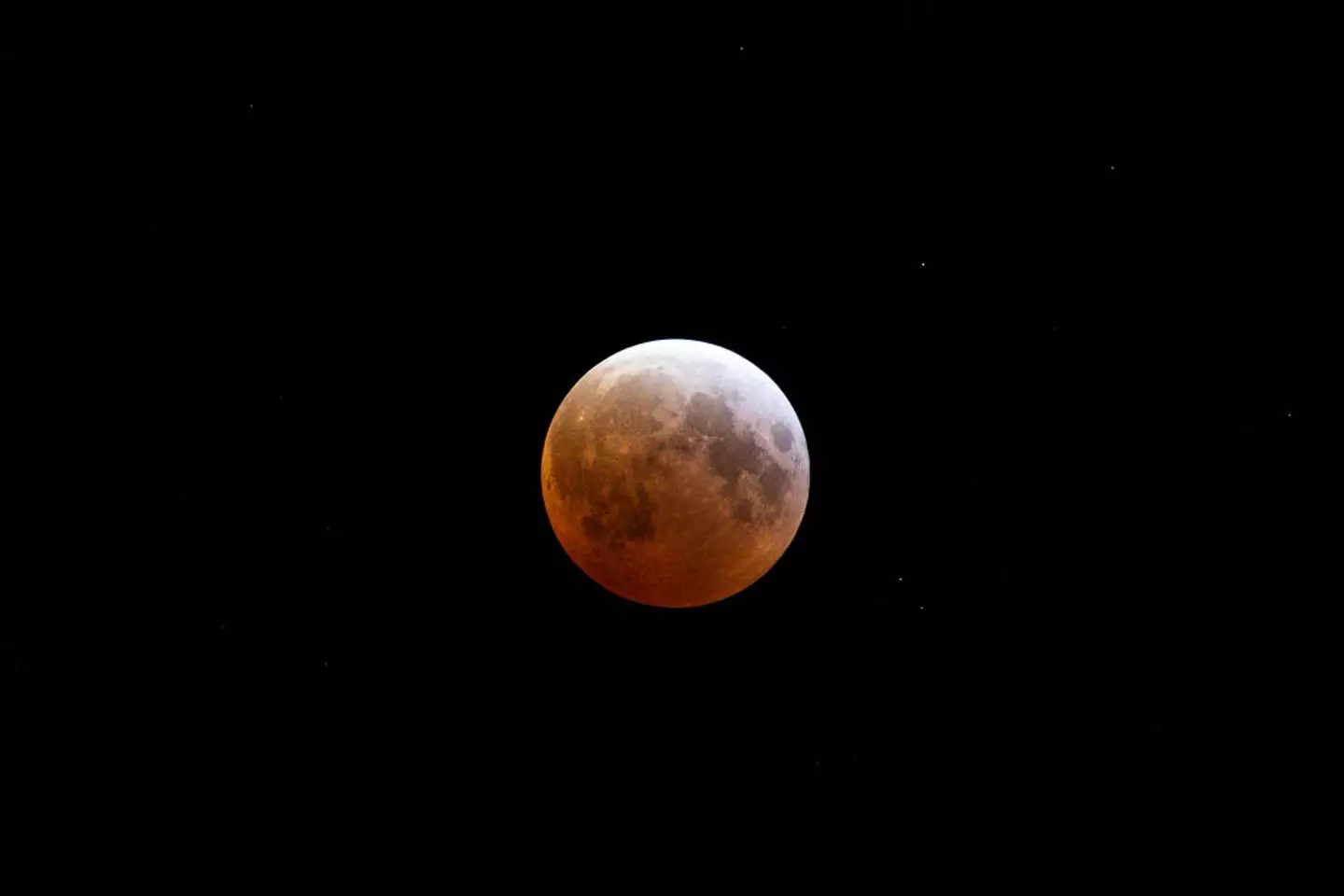NASA’s latest discovery could potentially confirm the exact date of Jesus’ death.
Whether or not you believe he was a real person, some historical events mentioned in the Bible have been supported by real-world evidence.
For example, the cloth that was supposedly used to wrap him after his burial was found, dated, and tested.
There is some evidence to suggest that Noah’s arc and flood could have occurred, and more.
When it comes to the story of Jesus, determining whether he truly existed can be more difficult.
However, thanks to NASA, we can now pinpoint the exact day he died on the cross.
While we typically associate his death and resurrection with April and Easter, it’s important to consider how the story has been preserved and passed down over the 2,000 years since the rise of Abrahamic religions.
It’s challenging to maintain consistent details over such a long period of time.
Before NASA presented its own evidence, it was widely accepted that Jesus died on Good Friday, which would place his death on April 3, AD 33, around 3 p.m.

NASA has revealed the exact date Jesus died (Miguel J. Rodriguez Carrillo / Stringer / Getty)
But what do NASA’s astronomical models have to say about this?
It turns out, they align with the same date.
In an unexpected twist, NASA’s data has pinpointed the exact day and approximate time of Jesus’ death, based on scripture references.
The Bible verse in question states:
“From noon until three in the afternoon, darkness came over all the land,” one translation of Matthew 27:45 describes, referring to the skies as Jesus hung on the cross.
Coincidentally, a lunar eclipse occurred on Friday, April 3, 33 AD.
NASA made this discovery in the 1990s, noting that “Christian texts mention that the Moon turned to blood after Jesus’ crucifixion — potentially referring to a lunar eclipse, during which the Moon takes on a reddish hue.”
Biblical scholars Colin Humphreys and W. Graeme Waddington of the University of Oxford also pointed out that Joel’s prophecy in the Old Testament speaks of the moon turning to blood and the coming of the Day of the Lord, which closely aligns with the events surrounding Jesus’ death.

Using lunar cycle history, bible references and the Jewish calendar, the date was revealed (GraphicaArtis / Contributor / Getty)
Their report noted that while the date of the Crucifixion has been debated for years, there has been no consensus on the exact year or day.
However, thanks to astronomical calculations that reconstructed the “Jewish calendar in the first century AD” and helped date a lunar eclipse referenced in biblical and other historical sources as occurring after the Crucifixion, a clearer picture emerged.
NASA’s website, which details the history of solar eclipses, explained: “Christian texts mention that the Moon turned to blood after Jesus’s crucifixion – potentially referring to a lunar eclipse, during which the Moon takes on a reddish hue. Using this textual source, scholars narrowed down a possible date for the crucifixion to Friday, April 3, 33 C.E., because a lunar eclipse occurred on that day.”
So, now we know.



